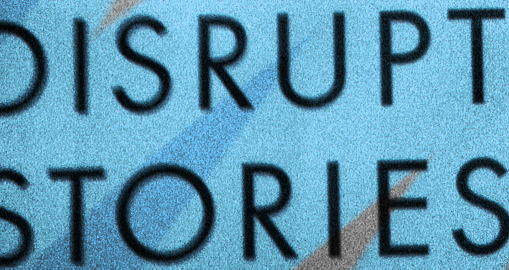
Almost two years ago I wrote a post called Why Everyone Can’t Be A User Experience Designer. The post came at a time when I was working internal at a company and was faced with a massive amount of input on how the product. Of course, input is always great — it’s much better than silence. The main problem was that the input was very, very specific and I was often asked to implement this input literally rather than drill down into the true ask behind the input. As a result, it felt like everyone was trying to be the user experience designer. The changing UX ownership made it challenging for me to do great work.
I recently read a post called User Experience Belongs To Everybody by Cap Watkins (@cap) who is a design lead at Etsy. In the post Cap writes, “lately, it has occurred to me that the user experience of a product actually doesn’t and shouldn’t belong solely to the designer.”
I have to agree with Cap. The user experience is not just about someone’s interaction with your website or app. The user experience goes beyond the screen. The user experience encapsulates every single interaction someone has with your brand. Given that today brands have many different touch-points (email, social media, customer service, printed material, etc) it’s seemingly impossible for one person to own the entire user experience.
User experience cannot be the responsibility of one single team. Of course, we need people who research users, prototype ideas, identify features, organization information, identify and design user flows, and create amazing interfaces. But, at a holistic level, user experience needs to shift from being a team or role to being a mindset that is adopted by the entire team. Today we’re seeing a slow change in UX ownership, I believe for the better.
Cap sums this up nicely:
On the design side, we stress about user flows, informational and visual hierarchies and making sure our copy is crisp and clear. But what about making our pages load lightning fast so no one is sitting staring at a spinner? What about making our on-site search come back with the best, most relevant results? Or writing blog posts that our users find meaningful and engaging? Or answering a support email with more than just a copy-and-pasted paragraph? Together, we all make a million tiny design decisions that impact how our users see and interact with our products.
I think part of the challenge we face is helping other people realize that user experience is extends far beyond the screen.
When most people think of user experience, they think about someone engaging with a website or an app. We have to do a better job at helping people see how all the touch-points in a customer’s journey with a product or a brand contribute to their user experience.
This is obviously not an easy subject and I don’t have the answers because this is something that I continually find challenging when I’m working with my clients.
One thing I do strongly believe is that storytelling may help play a part in this challenge.I think a shift can start if companies can begin to think and talk in narratives around the experiences customers have with their brands.
Stories help humanize an idea. Stories help create a common language. Stories may be able to help us shift our focus from screens to scenes.
If you’re curious about reading more on storytelling in product development, here are some of the more popular posts I’ve done: